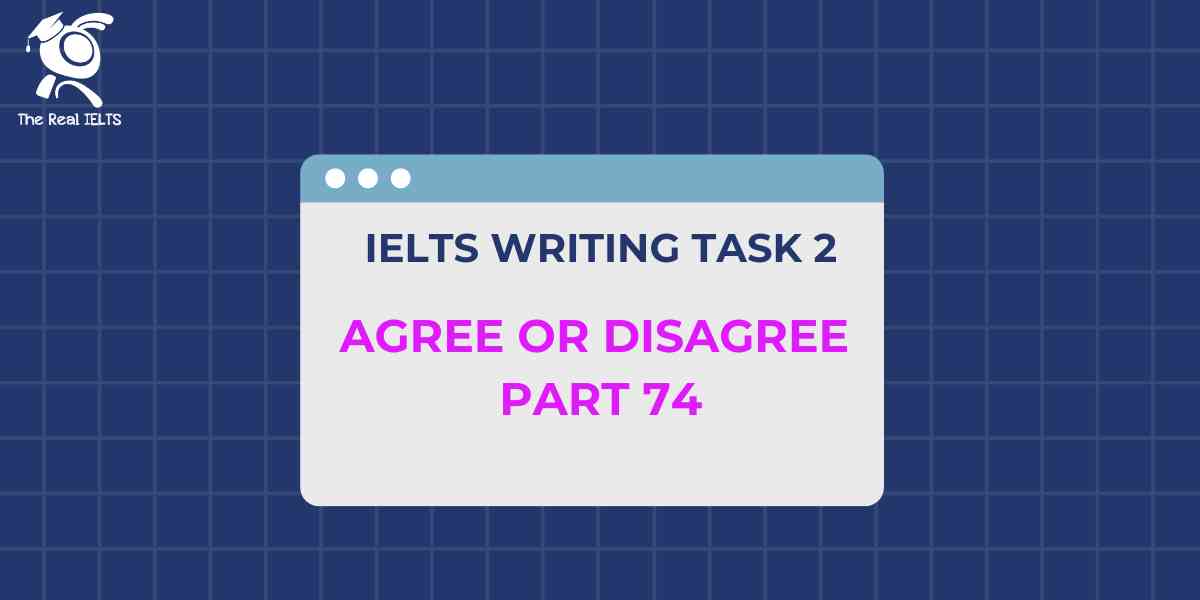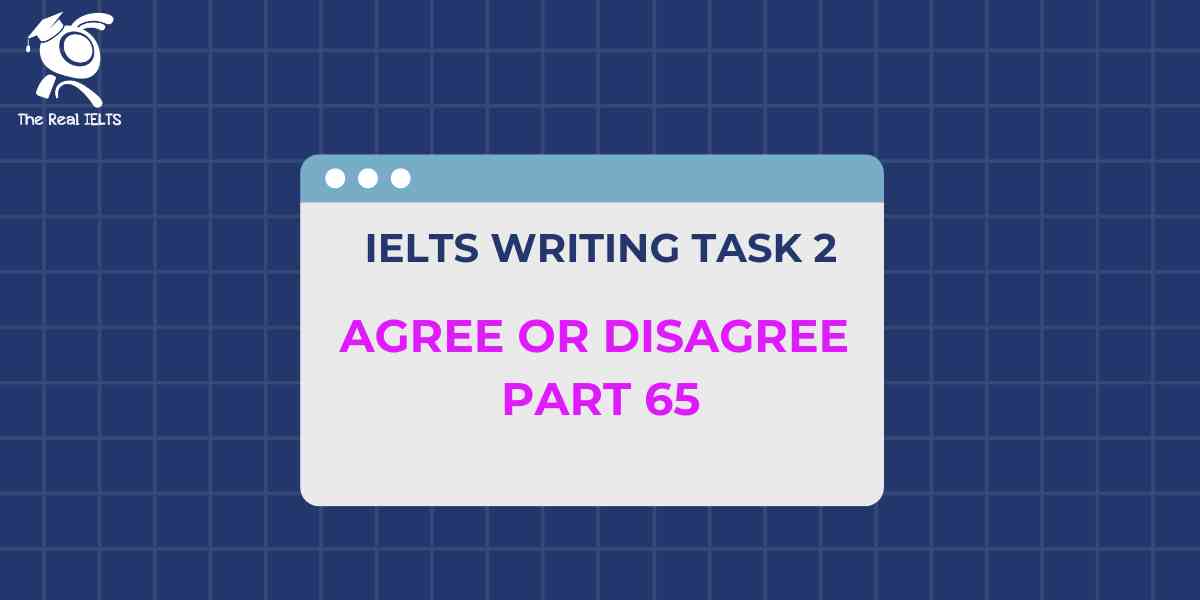



IELTS Writing Task 2 dạng Agree or Disagree Part 74
Đề bài IELTS Writing Task 2 dạng Agree or Disagree Part 72:


IELTS Writing task 2 Positive or Negative have children
Đề bài IELTS Writing Task 2 dạng Positive or Negative have children


IELTS Writing Task 2 dạng Agree or Disagree Part 65
Đề bài IELTS Writing Task 2 dạng Agree or Disagree Part 65:


IELTS Writing Task 2 dạng Agree or Disagree Part 28
Đề bài IELTS Writing Task 2 dạng Agree or Disagree Part 28:


IELTS Writing Task 2 dạng Agree or Disagree Part 55
Đề bài IELTS Writing Task 2 dạng Agree or Disagree Part 55:


IELTS Writing Task 2 dạng Agree or Disagree Part 100
Đề bài IELTS Writing Task 2 dạng Agree or Disagree Part 100





